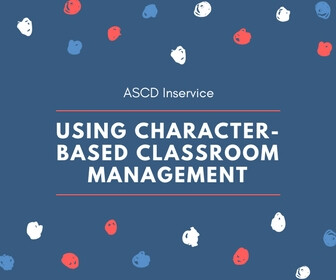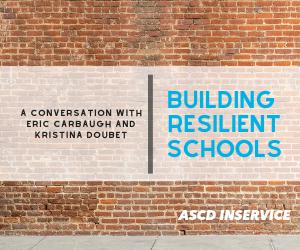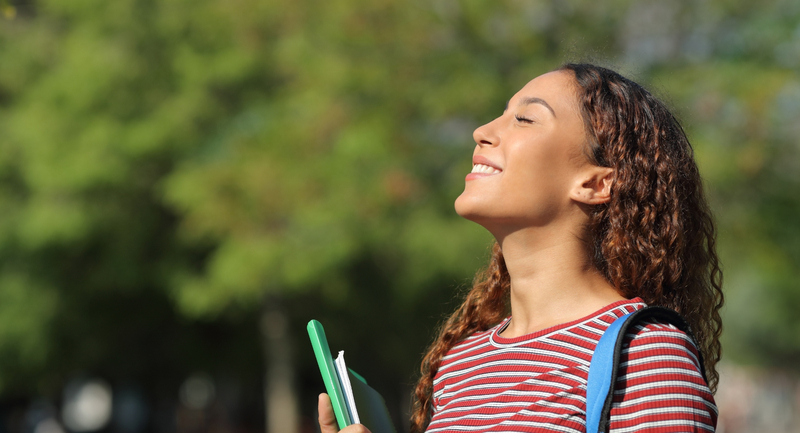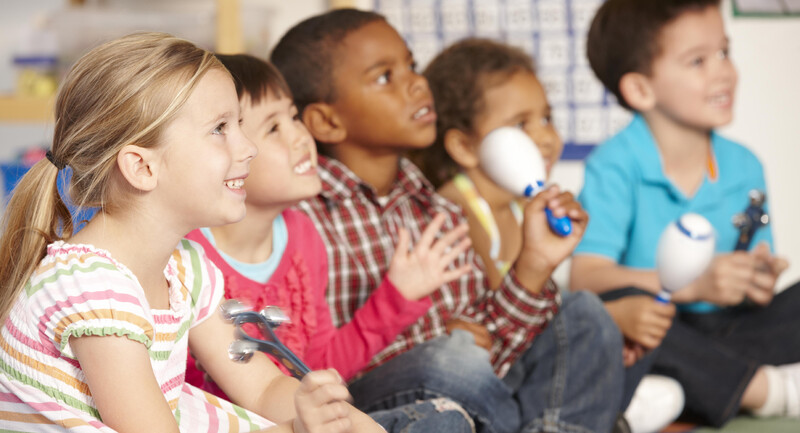This past spring, I received an email from one of my son’s 6th grade teachers. The subject was: “Your student in advisory today.” My first thought: Yikes! This can’t be good. And, of course, it wasn’t. His teacher wrote:
Last Thursday some of the artwork on display for the art show was destroyed, and today we asked each student in our advisory to share a word to express how they would feel if something they created and cared about was destroyed.[Your kid’s] response was "nothing" or "I wouldn't care," and he was not willing to participate in a discussion on repairing our community after this incident. While we honor students' silence in discussion, it was evident that he was not willing to acknowledge the hurt in our community, respect the students who were impacted, or do the work to make this better.We expect and know students can do better to participate and care for the community members who were impacted. Please speak to them at home and let us know if there are any other ways we can support them in advisory.
As a teacher educator who teaches courses on justice in education and culturally responsive teaching, a former middle school teacher, and a parent who discusses issues of equity with her kids often, this email crushed me. How could my kid say that? What in the world is going on? This doesn’t sound like my kid! I was so upset and confused I entertained the idea that the teachers mistook him for some other student.
But I was wrong. My kid later confirmed that he, in fact, said “nothing” in response to the prompt in advisory that day (i.e., share a word to express how they would feel if something they created and cared about were destroyed). His explanation, to me and his dad, was that he doesn’t really care about art that he makes. So, if someone destroyed his art, he wouldn’t feel anything.
We went on to explain that even though he was being honest in that moment, he wasn’t reading the room, and he needed to consider the larger context around the prompt. What he said was insensitive. The victims of the vandalism did care about their art and did feel hurt. In response, he went on a detour, arguing that the damage to the art was barely noticeable. We weren’t getting anywhere.
I quickly looked back at the teachers’ email to plan my next move. Restorative justice. That’s what his advisory teachers were trying to enact. I had read, listened to, and assigned a number of articles and podcasts about restorative justice when I taught undergraduate classroom management courses in years past. Since a growing number of K-12 schools are adopting this approach, I had my students write a comparative analysis of restorative justice practices and Positive Behavioral Interventions and Supports (PBIS). I have a decent amount of experience teaching and discussing restorative justice with undergrads—but engaging university students in this idea is a little different from explaining it to your own 12-year-old.
I tried explaining to him that restorative justice is based on relationships. Everyone in a school community, like his, has relationships with one another. When someone in the community hurts another person, the one who did the hurting must do something to repair the relationship with the person they hurt. In a school, this applies to students and teachers, since teachers sometimes hurt students. In the case of the vandalism, the kids in his school whose artwork was destroyed were hurt, but we don’t know who did it. And even though he (my kid) did not do the hurting, as a member of the school community, he has a responsibility to acknowledge the hurt those kids feel. Those kids may be feeling sad or scared. He and his classmates can and should do something to help those students feel cared for and safe.
Even though he (my kid) did not do the hurting, as a member of the school community, he has a responsibility to acknowledge the hurt those kids feel.
When I asked him what he might do for the kids who were hurt, he said he had no idea. I admitted that it is really hard to know what to do in a case like this. But I was able to give him an example of restorative justice that was close to home, literally:
The four of us—my two kids, my husband, and I—live in a residence hall with undergraduates. Just last year, signs bearing racist slurs were posted on the door of one of the undergraduates in our house. It was horrifying. In this incident, we also did not know who perpetrated the hurt. But my family, other members of our residence community, and members of the larger university community acknowledged the hurt brought to this student, as well as the hurt brought to so many students, faculty, and staff (myself included) who identified with the race that was targeted.
One action some community members took was to post more signs on the student’s door, this time filled with compliments, affirmations, and love for the student. I encouraged my kid to share this example when his teachers continued the discussion of the vandalism incident. He and his classmates did end up making signs saying, “I’m sorry this happened!” But, after all this, does my kid really understand the concept of restorative justice? Does he understand the idea of helping to heal hurt even when you didn’t do the hurting?
Restorative justice is an abstract, complex concept that can be difficult to grasp, especially if you are neither the victim nor the perpetrator.
Restorative justice is an abstract, complex concept that can be difficult to grasp, especially if you are in middle school and you are neither the victim nor the perpetrator. Imagine, for example, how difficult it might be for a middle schooler to comprehend why, after a racist attack on complete strangers across the country, you might check in with a friend who identifies with the race that was targeted in the attack. I have been on the giving and receiving ends of such check-ins over the past few years. Looking back, I wish I had been in conversation with my kids about them because they are hard, and we should not assume our kids know how to do—and are willing to do—hard things without our help.
So, how might we help kids move toward a deeper understanding of restorative justice? We might address this at several levels:
- At the school level, restorative justice is most successfully implemented when an entire school is on board. This, of course, requires schoolwide professional development, as well as resources, policies, and structures that support restorative justice.
- At the classroom level, teachers can introduce restorative justice at the beginning of the year; build in multiple lessons, examples, and discussions over time to promote students’ understanding of it; and make restorative justice a part of day-to-day classroom life and culture.
- At home, families can also support students’ understanding of restorative justice by having more conversations and applying restorative justice to situations that arise at home and in the broader world.
The conditions for deeply learning, understanding, and enacting restorative justice are arguably better than they have ever been since the pandemic and America’s reckoning with race. Schools, teachers, and families should seize this moment and work thoughtfully and persistently to get kids to show their care to everyone experiencing harm in their communities, even when they did not cause the harm and even when the harm is not direct. Out of all the battles we choose, this one is worth going all-in.








